
7 Resistance Band Ab Moves That Torch Belly Fat and Build Core Power
This variation transforms a simple bridge into a powerhouse move, strengthening not only your glutes but also your deep core muscles, lower back, and hip stabilizers.

You notice a bruise on your leg—dark, discolored, and sore. The strange thing is, you don’t remember bumping into anything. This kind of random bruising can be surprising and even a little alarming. While most bruises are harmless and result from minor, forgotten trauma, unexplained bruises—especially if they happen frequently—may signal an underlying issue.
In this article, we’ll explore why bruises appear without obvious injury, what causes certain people to bruise more easily, and when you should consider seeing a doctor. You’ll also find some tips on how to help bruises heal faster and ways to reduce the chances of them occurring in the first place.
A bruise (also called a contusion) forms when tiny blood vessels (capillaries) near the skin’s surface break due to trauma. Blood leaks out and pools under the skin, creating a discolored patch that’s initially blue or purple, eventually fading to green, yellow, or brown as it heals.
According to Dr. John Cunha from eMedicineHealth, bruises can cause pain and tenderness early on and may start to itch as they heal, a normal part of the recovery process. Typically, most bruises heal in 1–2 weeks, depending on their size, depth, and your body’s healing ability.
Sometimes, bruises appear even when there’s no obvious injury. If this happens occasionally, it’s likely nothing to worry about. But frequent or severe bruising could be a red flag.
Let’s explore the possible causes:
As we age, our skin gets thinner and loses the fatty layer that protects blood vessels from trauma. This makes older adults more susceptible to bruising—even from minor bumps they may not remember.
Doctors at the Mayo Clinic note that age-related bruising is common, especially on the arms and legs, and is generally harmless. However, any sudden increase in bruising should be assessed.
Additionally, a report from the University of California highlights that seniors may experience bruising due to balance issues or reduced mobility, increasing the risk of bumping into objects. If unexplained bruises appear in unusual areas like the neck, ears, buttocks, or soles, medical evaluation is strongly advised, especially in elderly individuals.
Deficiencies in certain vitamins can weaken blood vessels or impair blood clotting, leading to spontaneous bruising.
Vitamin C: A lack of vitamin C (ascorbic acid) can lead to scurvy, a condition that causes weakened blood vessels, fatigue, and bruising. Vitamin C also plays a role in collagen production, essential for skin and vessel strength.
Vitamin K: Vital for blood clotting, vitamin K deficiency can result in easy bruising and prolonged bleeding. This is particularly relevant for people on blood thinners or with gut issues that affect absorption.
In addition to bruising, vitamin deficiencies may also cause symptoms like bleeding gums, fatigue, or small red or purple dots on the skin (petechiae).
Certain medications or herbal supplements can make you more prone to bruising:
Blood thinners (e.g., warfarin, heparin, aspirin)
Anticoagulants
Nonsteroidal anti-inflammatory drugs (NSAIDs)
Steroids
Herbal supplements like ginger, ginkgo biloba, turmeric, or St. John’s Wort
These substances may interfere with your body’s ability to clot properly, causing large or persistent bruises from minimal trauma. Always consult your doctor before starting new supplements—especially if you're on medication.
Some people simply inherit a tendency to bruise easily. If your parents or close relatives bruise frequently, there’s a higher chance you will too. According to WebMD’s Dr. William Blahd, this kind of bruising is usually harmless and doesn’t require treatment—unless other symptoms are present.
Also, women tend to bruise more easily than men due to differences in skin structure and hormone levels. Bruising often appears on upper arms, thighs, and buttocks.
Conditions like hemophilia and von Willebrand disease impair the blood's ability to clot. People with these conditions may experience:
Large, deep bruises
Unexplained nosebleeds
Prolonged bleeding from small cuts
Heavy menstrual bleeding (in women)
If you notice bruising along with these symptoms, consult a doctor immediately. Early diagnosis is key in managing bleeding disorders effectively.
Spending too much time in the sun can damage skin and blood vessels, making them more prone to breaking.
Chronic sun exposure can lead to:
Fragile skin
Permanent discoloration
Sunburn-related bruising
After a bad sunburn, you may notice bruises on sun-exposed areas like your arms or legs. Always use broad-spectrum sunscreen, wear protective clothing, and limit direct sun exposure during peak hours.
If you lift weights, run regularly, or engage in contact sports, small tears in muscle or blood vessels may result in bruises—especially in legs, arms, or under toenails.
This is known as exercise-induced bruising, and while it’s typically harmless, using proper technique and protective gear can minimize risk.
For post-workout bruising, use the RICE method:
Rest
Ice (apply indirectly)
Compression
Elevation
These steps help reduce inflammation and speed up healing.
Bruising may be more frequent in people with diabetes, especially when circulation is compromised. Diabetes can cause peripheral vascular disease, which weakens blood vessels in the legs and affects healing.
Other diabetes symptoms include:
Frequent urination
Excessive thirst
Unintentional weight loss
Nerve pain or numbness
If bruising is accompanied by slow-healing wounds or frequent infections, see a doctor. Managing blood sugar is critical to preventing complications.
Certain viral infections can cause low platelet counts (thrombocytopenia), making bruising more likely. Viruses that may trigger this include:
Chickenpox
Rubella
Mumps
HIV
Hepatitis
Leukemia or other cancers
Bruising due to viral illness is usually temporary, but persistent or severe cases should be evaluated.
Autoimmune diseases cause the body to attack its own tissues, including blood vessels and platelets. This can result in bruising, inflammation, or bleeding.
Conditions linked to random bruising include:
Lupus
Rheumatoid arthritis (or medication side effects)
Vasculitis (inflammation of blood vessels)
These diseases often come with joint pain, fatigue, skin changes, and immune dysfunction.
You should consult a healthcare provider if you notice:
Frequent or severe bruises
Bruises without any known cause
Unusual locations (e.g., face, back, abdomen)
Bruises that don’t heal
Accompanying symptoms like bleeding gums, nosebleeds, fatigue, or weight loss
Apply a cold compress during the first 24 hours.
After 48 hours, switch to warm compresses to promote circulation.
Keep the area elevated to reduce swelling.
Take vitamin C or K supplements if you're deficient (with medical advice).
Avoid NSAIDs if possible, as they can worsen bleeding.
Most random bruises are harmless and related to minor injuries or normal aging. But persistent, severe, or unexplained bruising can be a sign of something more serious.
Pay attention to your overall health, maintain a balanced diet, and consult a doctor if you suspect an underlying issue.
Your body is good at sending signals—bruises might just be one of them.

This variation transforms a simple bridge into a powerhouse move, strengthening not only your glutes but also your deep core muscles, lower back, and hip stabilizers.
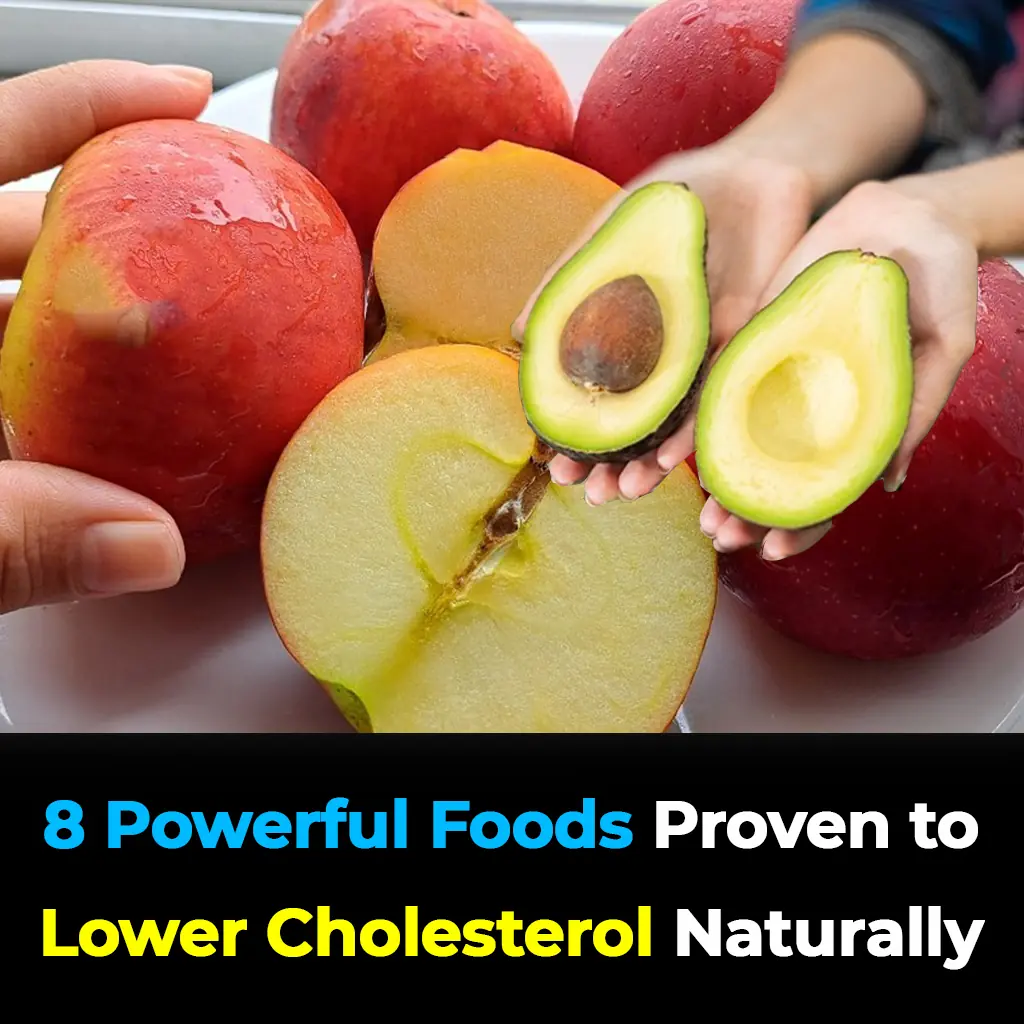
It’s about making gradual, sustainable swaps—cutting back on processed foods, replacing saturated fats with healthier ones, and prioritizing fiber-rich, nutrient-dense ingredients.
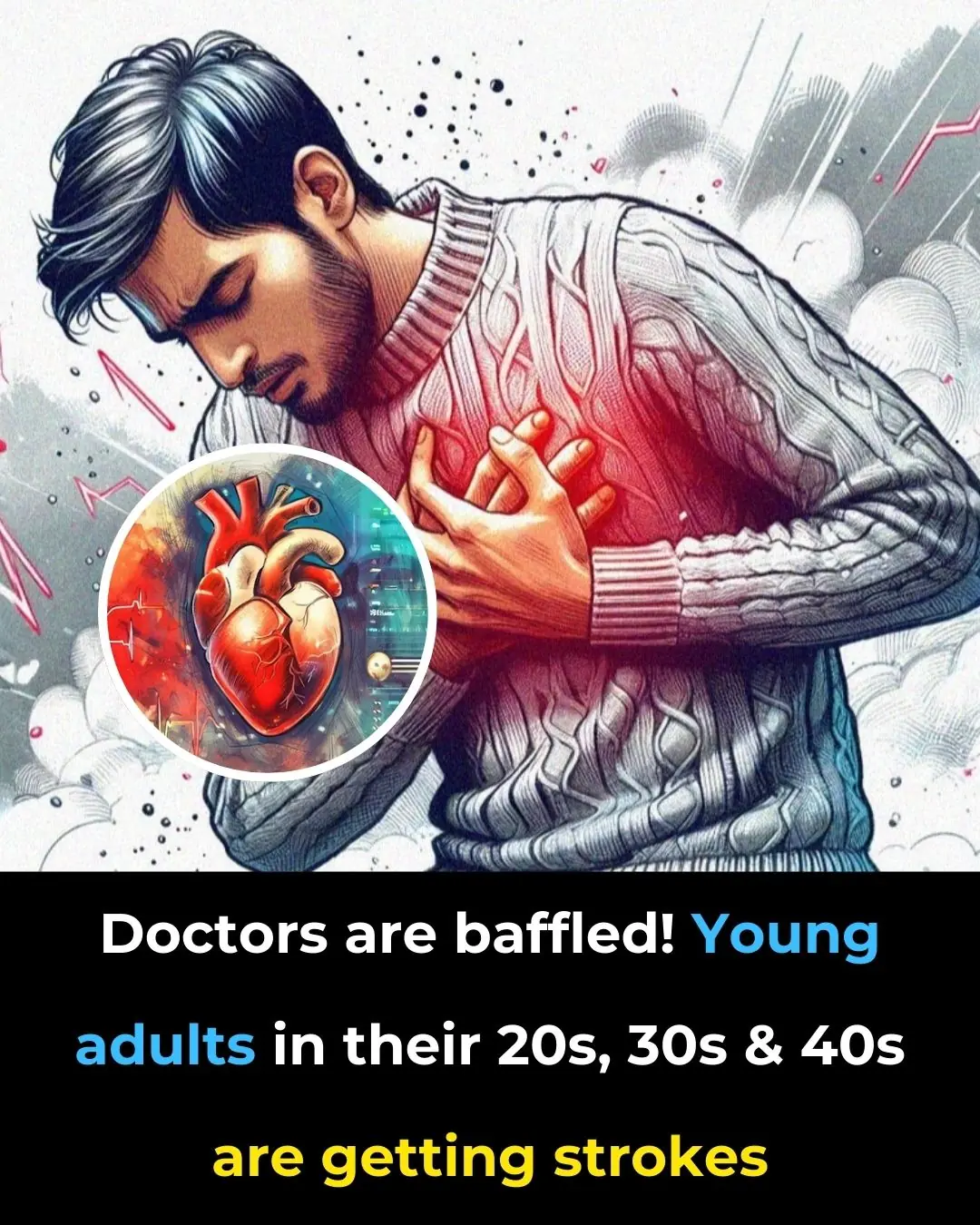

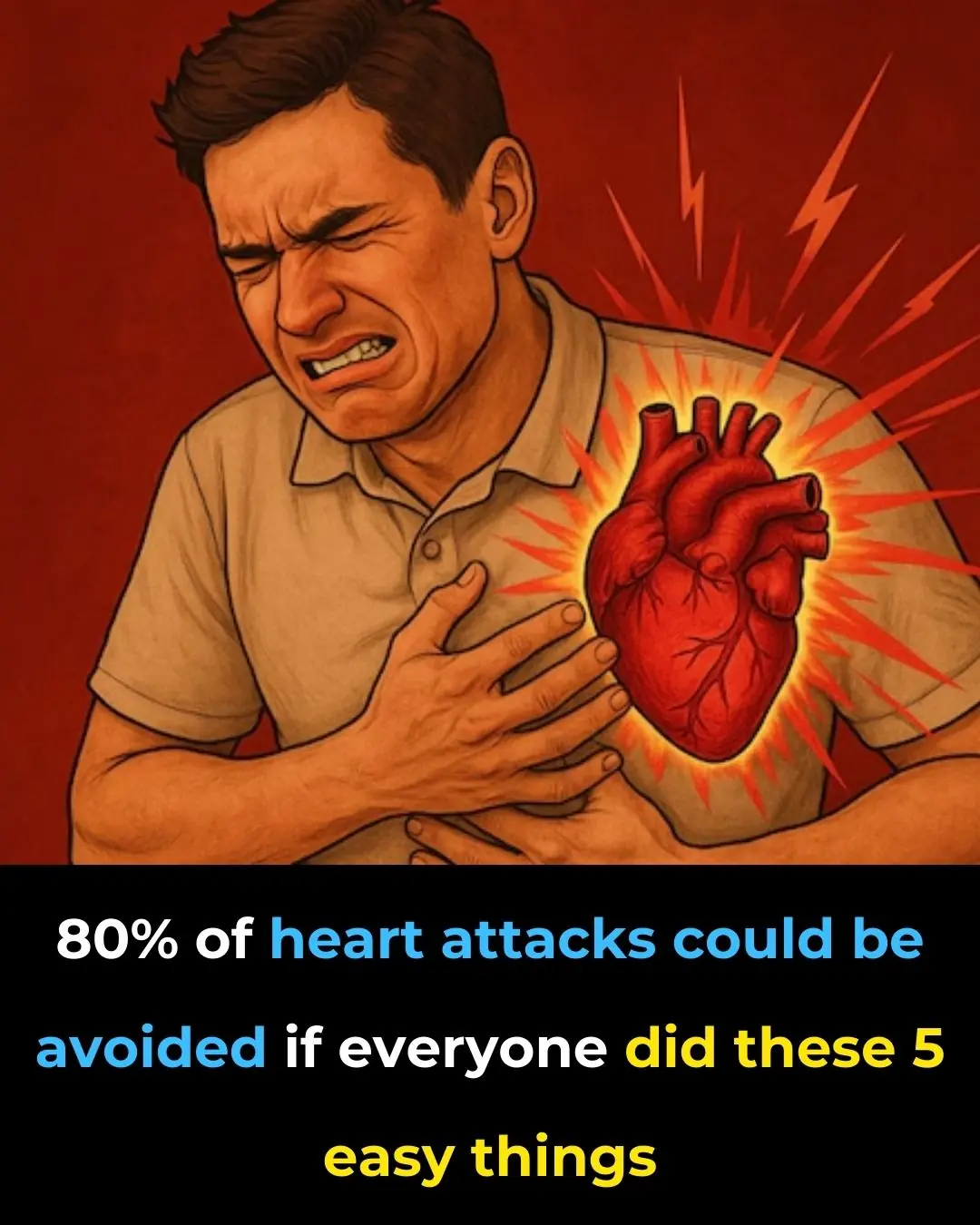

He thought he was strong and healthy, but one morning at work, his body gave in without warning. By the time he reached the hospital, it was too late. His story serves as a chilling reminder that what you eat for breakfast could quietly determine your ris
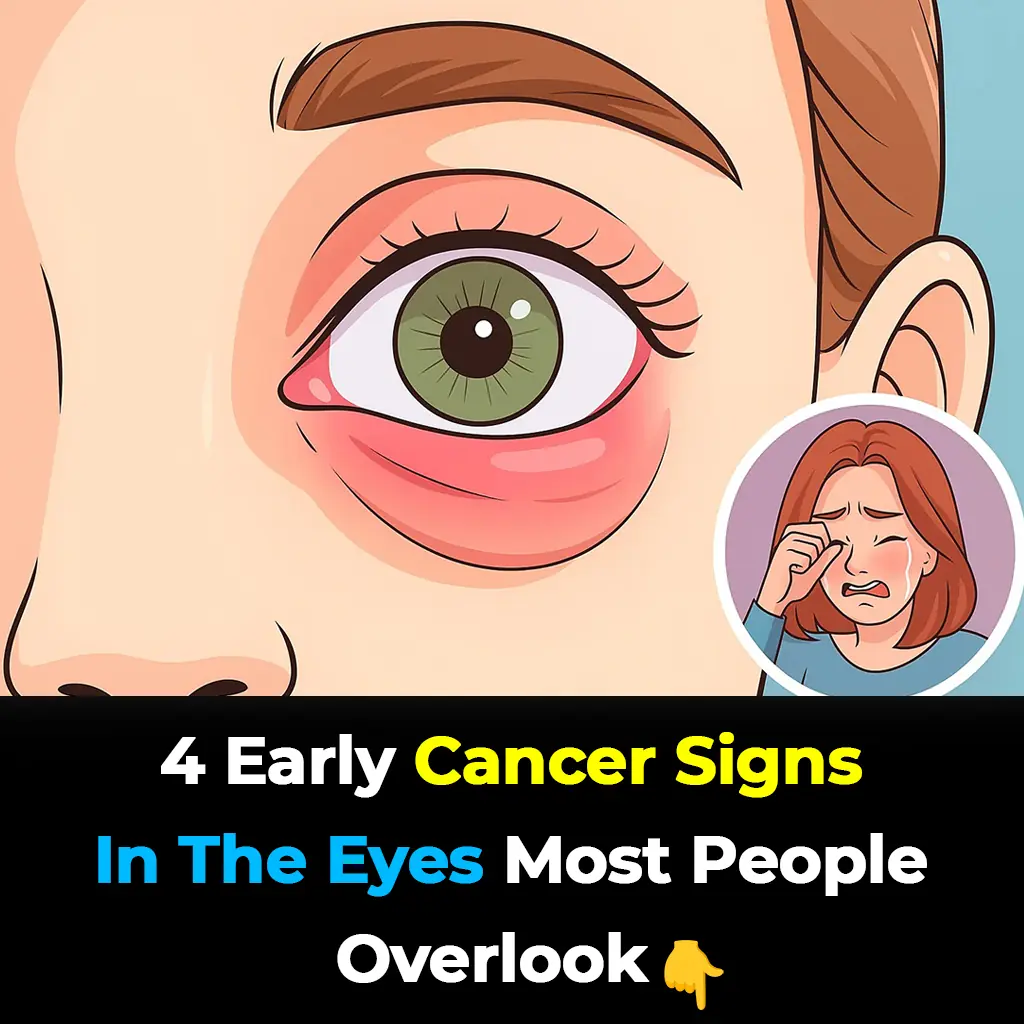
Your eyes do more than reflect emotions; they can also reveal critical clues about your overall health. Subtle changes in appearance, color, or vision may sometimes be early warning signs of dangerous cancers developing elsewhere in the body — long befo
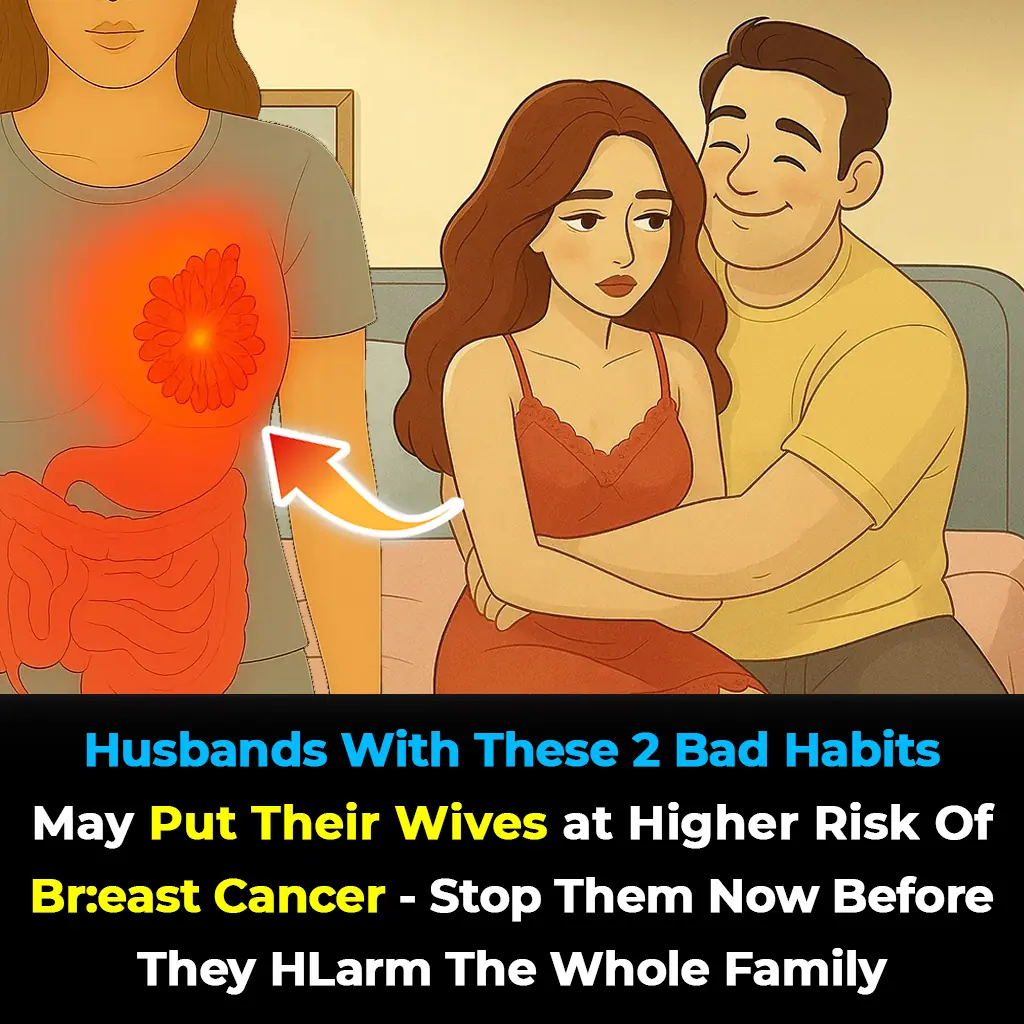
The influence of a husband’s habits on his wife’s well-being is far greater than many couples realize. Small daily choices — whether neglecting exercise or lighting a cigarette — can quietly accumulate into significant health risks over time.
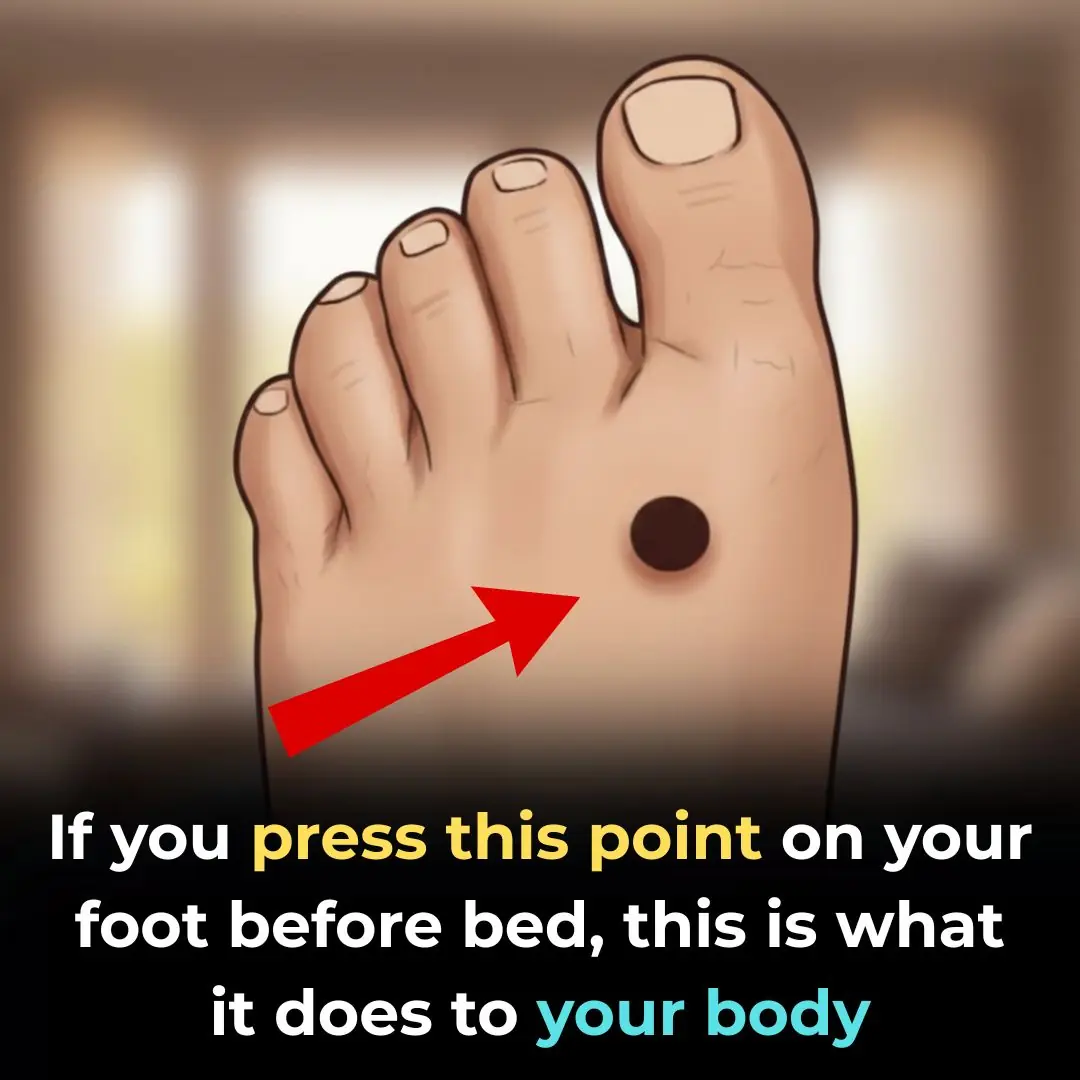
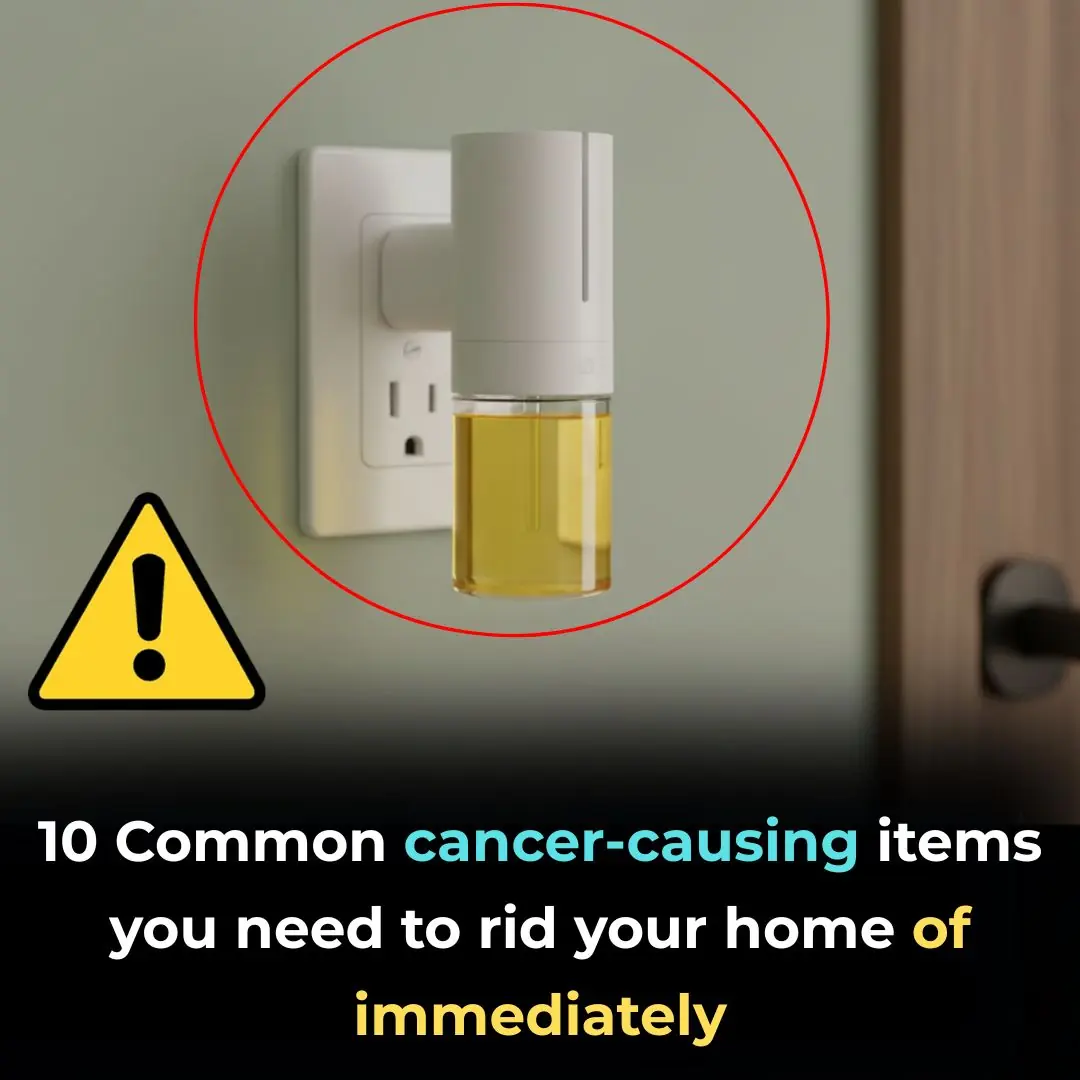



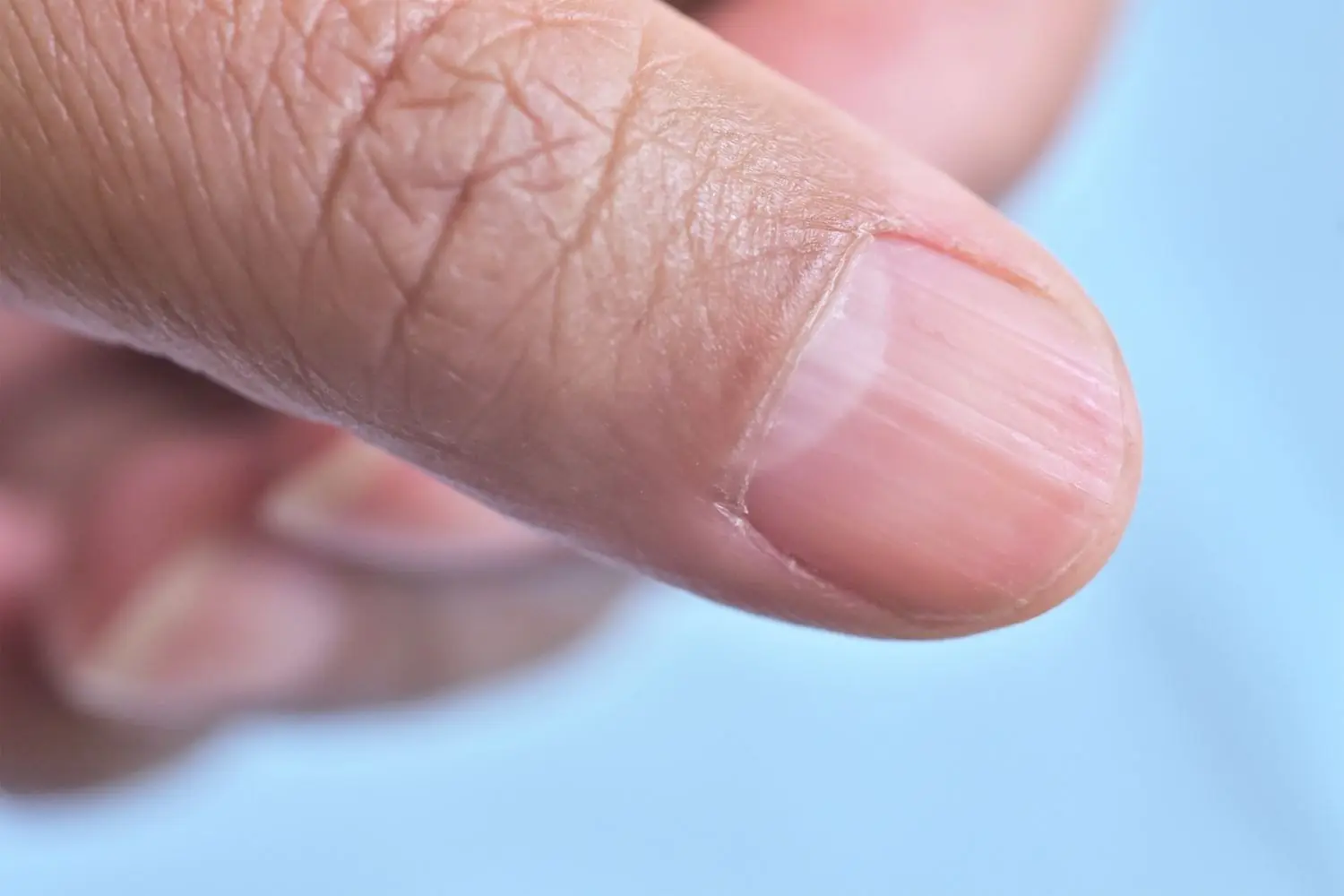
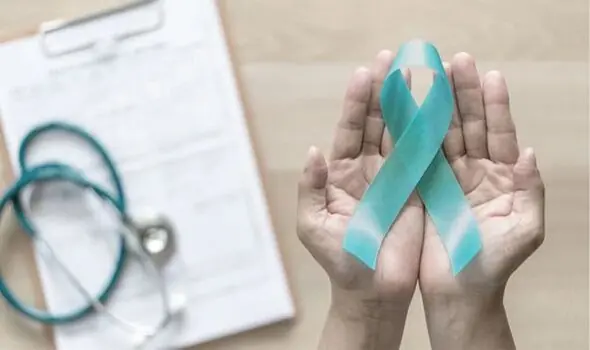
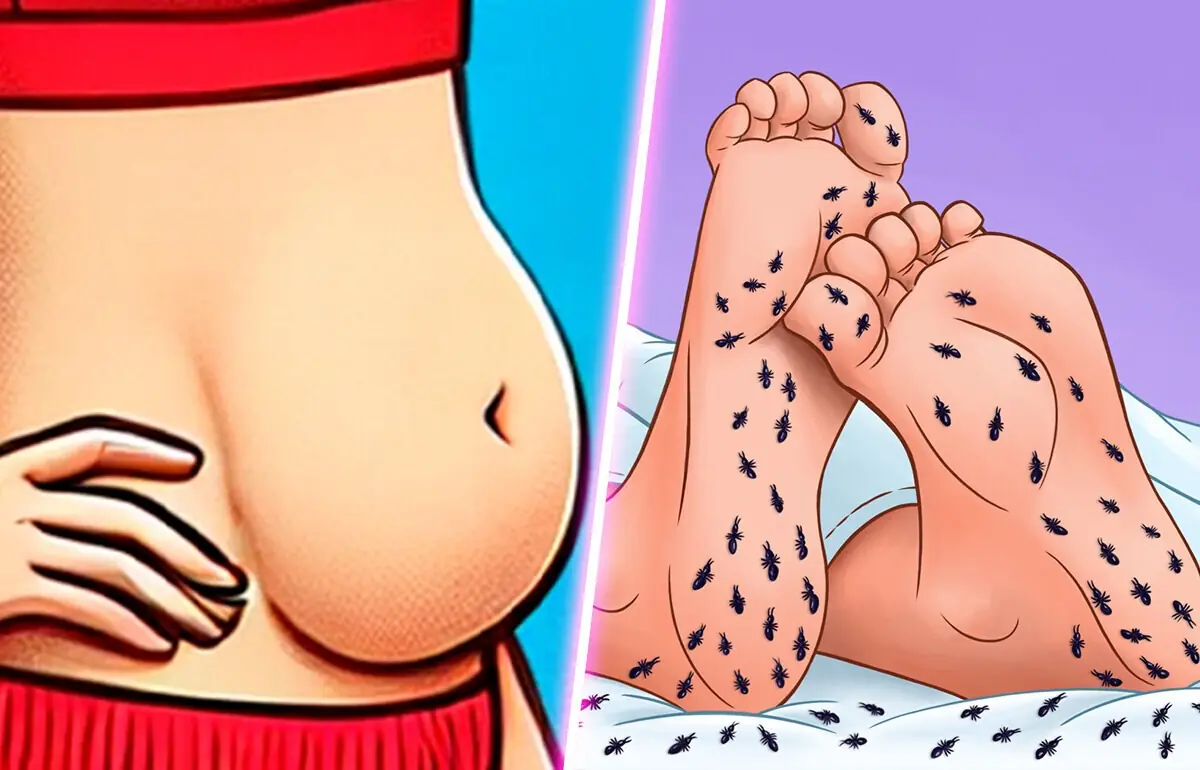

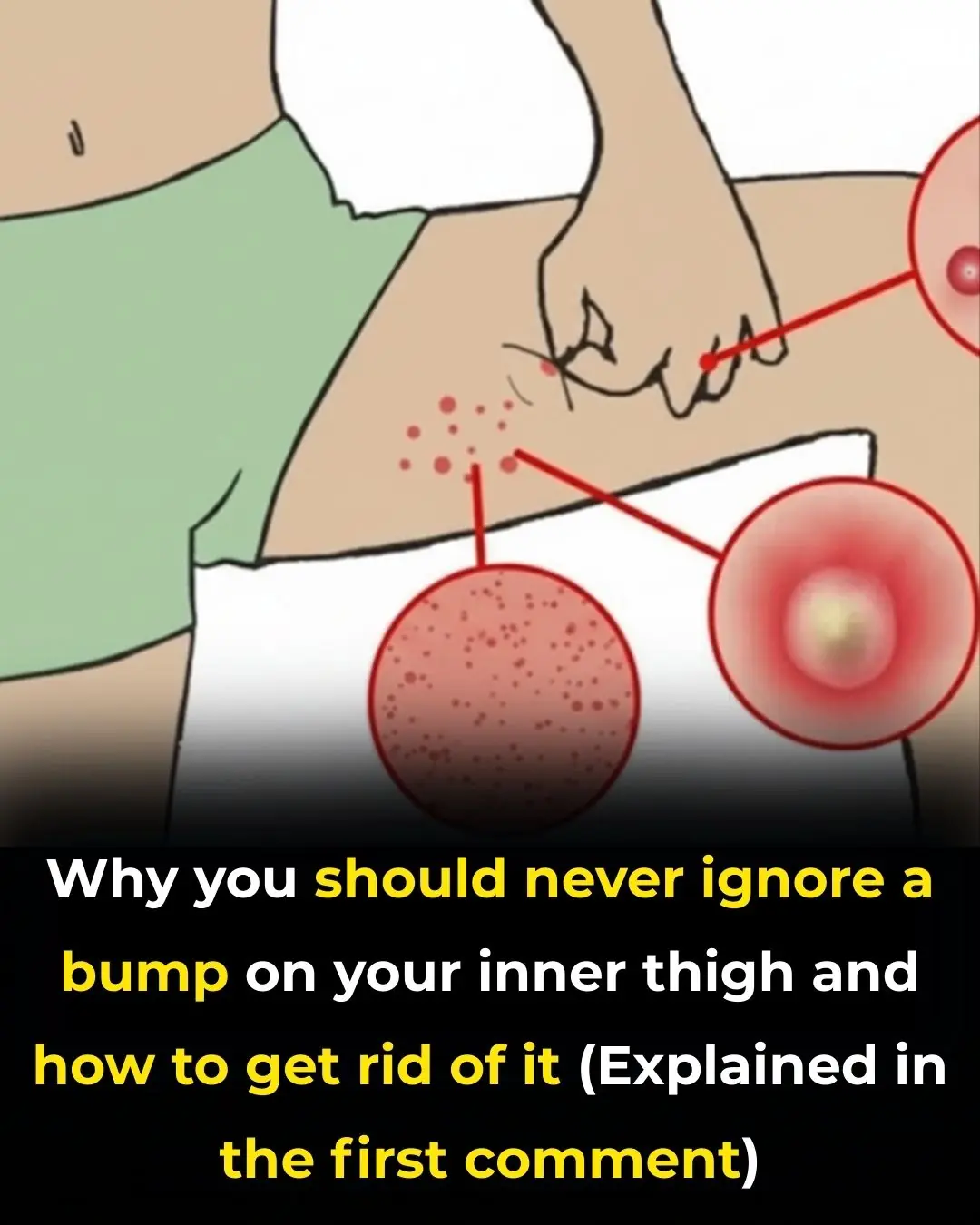
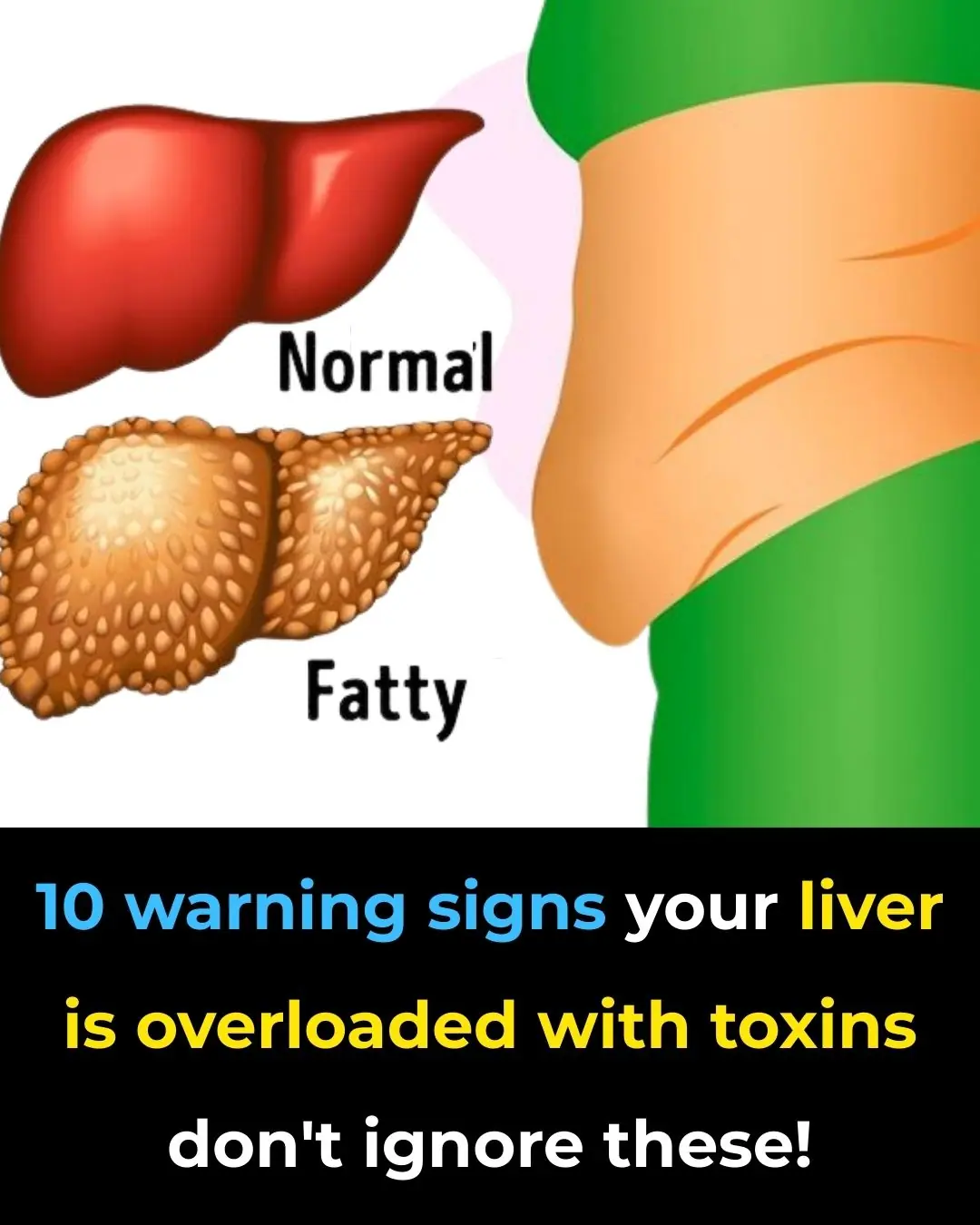






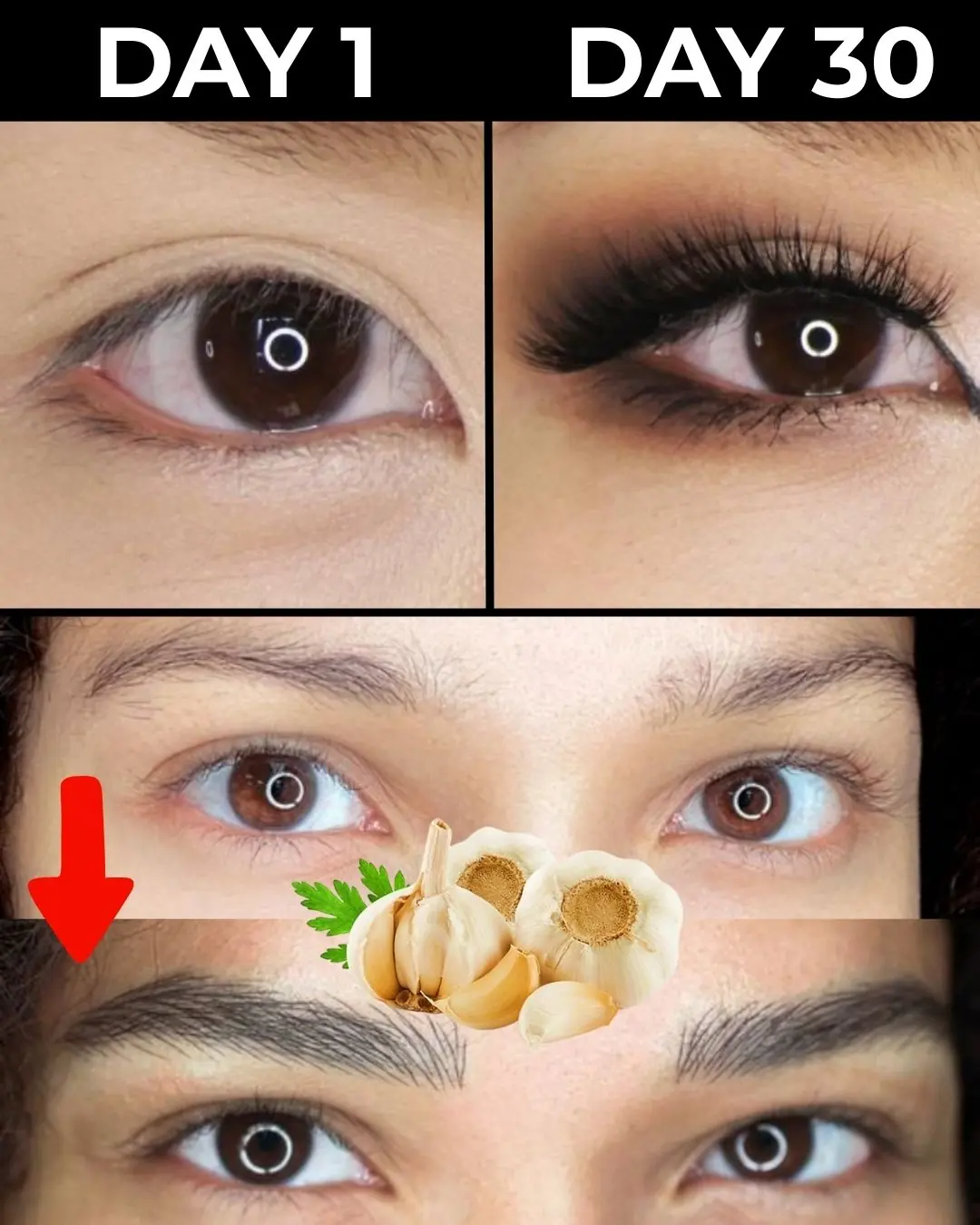

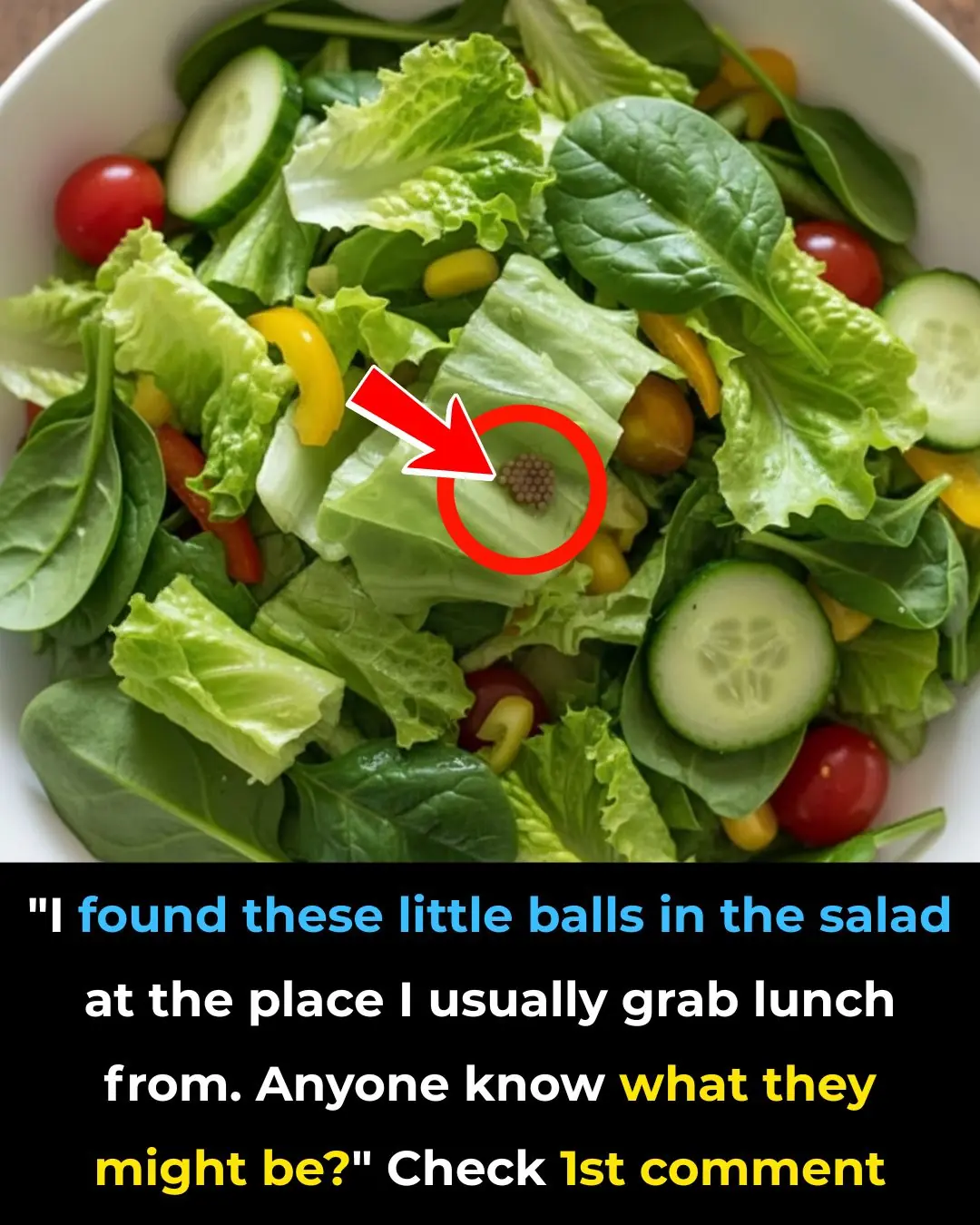
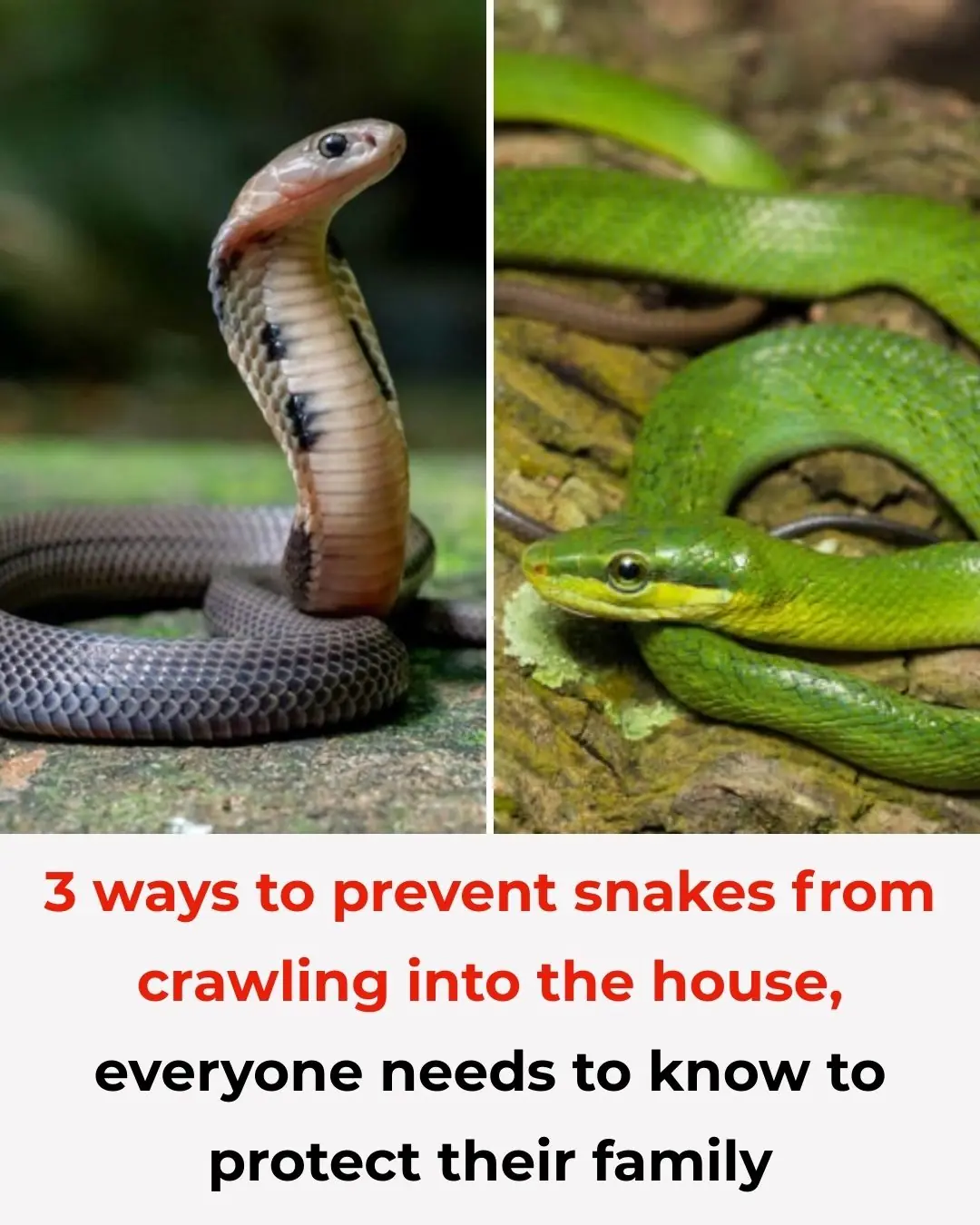



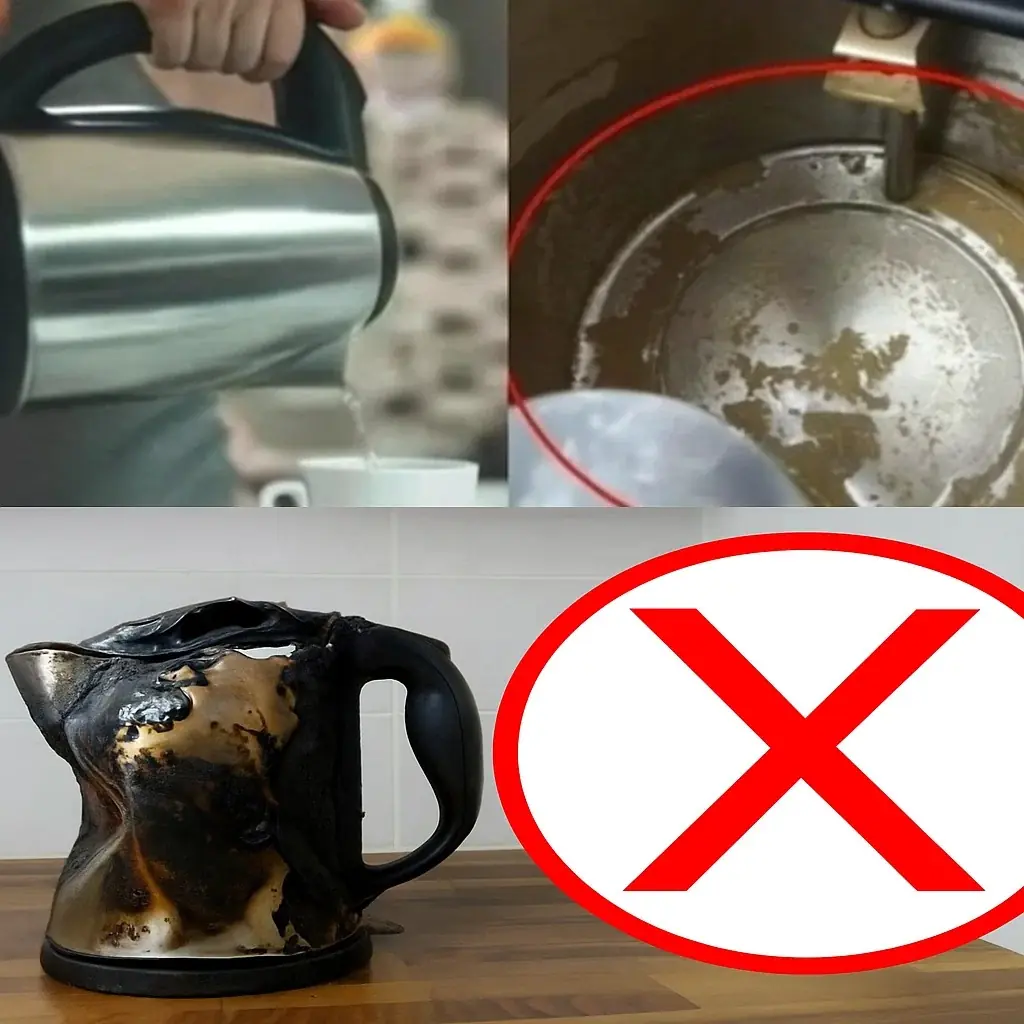
Electric kettles are found in nearly every modern home, making it quick and easy to boil water for tea, coffee, or instant meals. But shocking warnings from health experts reveal that some kettles may release dangerous substances into the water you drink

Struggling with premature gray hair in your 20s or already noticing streaks of silver in your 30s and 40s? Don’t panic. While gray strands can feel like a dreaded sign of aging, nature offers surprising, inexpensive solutions that can help you regain yo

This variation transforms a simple bridge into a powerhouse move, strengthening not only your glutes but also your deep core muscles, lower back, and hip stabilizers.

It’s about making gradual, sustainable swaps—cutting back on processed foods, replacing saturated fats with healthier ones, and prioritizing fiber-rich, nutrient-dense ingredients.
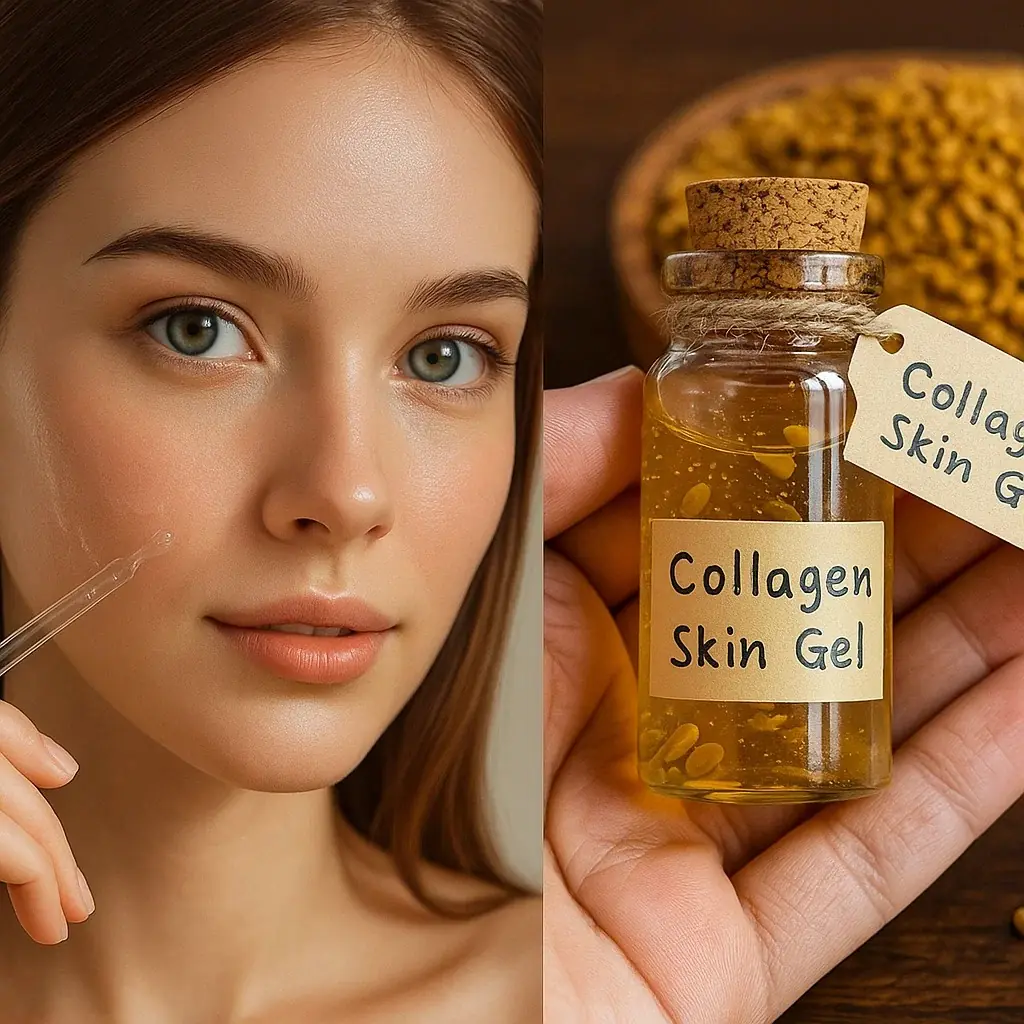
With flaxseed gel, you’re not just applying moisture—you’re giving your skin the building blocks it needs to repair, renew, and glow from within.

With just two simple household ingredients, you can try a gentle, budget-friendly, and surprisingly effective solution at home.